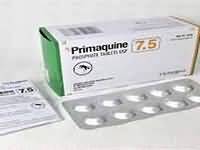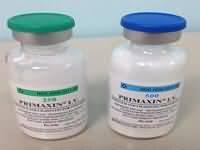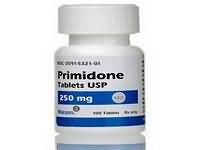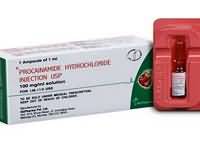Thalidomide

CLINICAL USE
Untreated multiple myeloma in patients >65 or who are ineligible for high dose chemotherapy, in combination with either melphalan and prednisone, or cyclophosphamide and dexamethasone (Unlicensed indications): Erythema nodusum leprosum Lupus erythematosus, aphthous ulceration, stomatitis, graft-versus-host disease, AIDS-associated waste syndrome, rheumatoid arthritis and other acute inflammatory conditionsDOSE IN NORMAL RENAL FUNCTION
200 mg daily Unlicensed dose: 50–800 mg dailyPHARMACOKINETICS
DOSE IN RENAL IMPAIRMENT
GFR (mL/MIN)
DOSE IN PATIENTS UNDERGOING RENAL REPLACEMENT THERAPIES
IMPORTANT DRUG INTERACTIONS
Potentially hazardous interactions with other drugs Thalidomide enhances the effects of barbiturates, alcohol, chlorpromazine and reserpine Use with caution with other drugs that can cause peripheral neuropathyADMINISTRATION
Reconstition
–Route
OralRate of Administration
–Comments
–OTHER INFORMATION
Major route of elimination is non-renal (i.e. by spontaneous non-enzymatic hydrolytic cleavage) therefore normal doses may be given in renal failure Has been used to treat uraemic pruritus in haemodialysis patients unresponsive to other therapy. (Silva SR. Thalidomide for the treatment of uraemic pruritus: a crossover randomised double-blind trial. Nephron. 1994; 67(3): 270–3.) Can cause unexplained hyperkalaemia. Use of thalidomide in patients with myeloma and renal failure may be associated with unexplained hyperkalaemia.
See how to identify renal failure stages according to GFR calculation
See how to diagnose irreversible renal disease
Home








